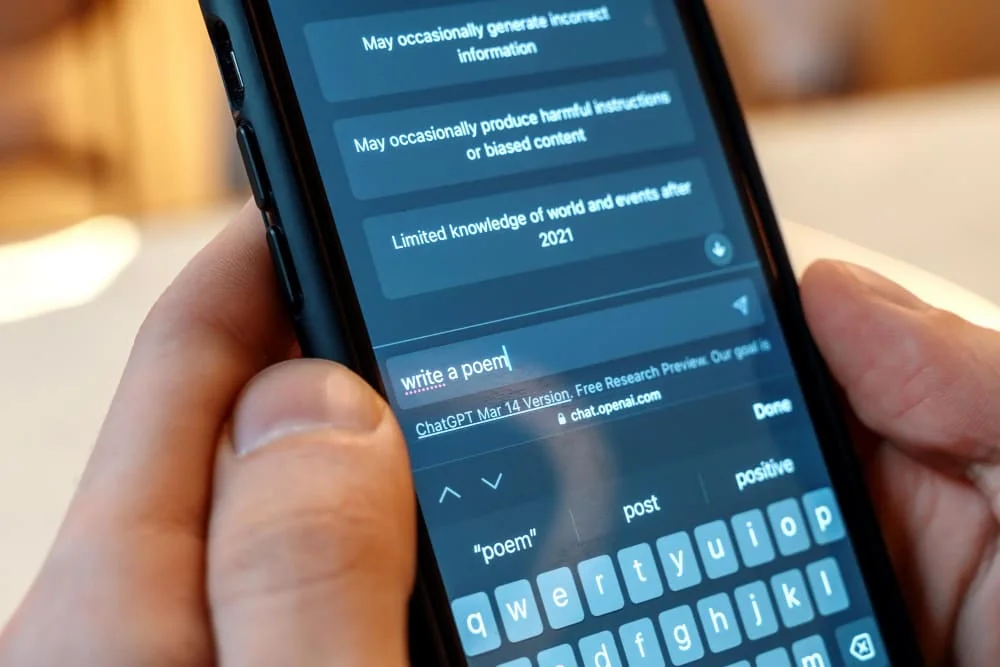As we head into 2024, the landscape of backend technologies continues to evolve, offering robust frameworks and languages that drive the server-side of applications. Developers must stay updated with the best backend technologies to build scalable, efficient, and secure applications. The top backend technologies for 2024 include a mix of well-established languages and frameworks along with emerging ones that promise to shape the future of backend development.
These technologies enhance performance, simplify development processes, and support the creation of complex applications with ease. Here are the top 10+ backend technologies you must know in 2024 and why you should consider using them:
Node.js:
- Description: An open-source, cross-platform JavaScript runtime environment that executes JavaScript code outside a web browser.
- Features: Non-blocking I/O, event-driven architecture, large ecosystem of libraries via npm.
- Why Use Node.js: Node.js remains a dominant force in backend development due to its non-blocking, event-driven architecture, which enables high concurrency and scalability. It leverages JavaScript, a widely known language, for both frontend and backend development, allowing for full-stack development with a unified codebase. Node.js is particularly suitable for building real-time applications, APIs, and microservices.
Python with Django or Flask:
- Description: A high-level, interpreted programming language known for its readability and simplicity.
- Features: Rapid development, robust libraries, great for AI and machine learning integration.
- Why Use Python: Python’s simplicity, readability, and versatility make it an attractive choice for backend development. Django and Flask are popular Python frameworks that offer robust features and extensive libraries for web application development. Django provides a full-featured MVC framework with built-in admin panels, ORM, and authentication systems, while Flask offers a lightweight and flexible microframework for smaller projects or APIs.
Ruby on Rails:
- Description: A server-side web application framework written in Ruby.
- Features: Convention over configuration, easy database migrations, strong community support.
- Why Use Ruby on Rails: Ruby on Rails emphasizes convention over configuration and follows the DRY (Don’t Repeat Yourself) principle, enabling rapid development with minimal boilerplate code. It offers a wide range of built-in features, including ORM, MVC architecture, routing, and scaffolding, making it ideal for building scalable web applications quickly.
Java with Spring Boot:
- Description: A widely-used programming language with a strong emphasis on performance and reliability.
- Features: Enterprise-level capabilities, extensive libraries, high security.
- Why Use Java: Java’s performance, reliability, and scalability make it a preferred choice for enterprise-grade web applications. Spring Boot simplifies the setup and configuration of Spring-based applications, offering features such as dependency injection, aspect-oriented programming, and embedded servers. Java’s strong typing and compile-time error checking provide robustness and stability for mission-critical applications.
PHP with Laravel or Symfony:
- Description: A widely-used open-source scripting language that is especially suited for web development.
- Features: MVC architecture, built-in ORM, simplified authentication.
- Why Use PHP: PHP remains a popular choice for web development due to its ease of use and wide adoption. Laravel and Symfony are feature-rich PHP frameworks that offer elegant syntax and comprehensive features for building modern web applications. Laravel provides tools such as ORM, routing, middleware, authentication, and templating engine, while Symfony follows SOLID principles and is suitable for large-scale projects.
Go (Golang):
- Description: An open-source programming language designed for simplicity and efficiency.
- Features: Concurrency support, fast execution, garbage collection.
- Why Use Go: Go is a statically typed, compiled language known for its simplicity, performance, and concurrency support. It offers built-in features for handling concurrency, making it suitable for building high-performance and scalable backend systems. Go’s small memory footprint and efficient garbage collection make it ideal for building microservices and cloud-native applications.
C# (ASP.NET):
- Description: A modern, object-oriented programming language developed by Microsoft.
- Features: Cross-platform, high performance, secure by default.
- Why Use .NET Core: .NET Core is a cross-platform, open-source framework for building modern, scalable web applications. It provides a rich set of libraries and tools for backend development, along with support for multiple programming languages such as C#, F#, and VB.NET. .NET Core offers features such as dependency injection, asynchronous programming, and cross-platform compatibility, making it suitable for a wide range of applications.
Rust:
- Description: A multi-paradigm programming language focused on performance and safety, particularly safe concurrency.
- Features: Memory safety without garbage collection, high performance, concurrency.
- Why Use Rust: Rust is a systems programming language known for its safety, performance, and concurrency support. It offers memory safety guarantees without sacrificing performance, making it suitable for building high-performance backend systems. Rust’s ownership model and compiler-enforced rules prevent common programming errors, ensuring reliability and security in mission-critical applications.
Elixir with Phoenix:
- Description: A dynamic, functional language designed for building scalable and maintainable applications.
- Features: Built on the Erlang VM, fault-tolerant, great for real-time applications.
- Why Use Elixir: Elixir is a functional, concurrent language built on the Erlang VM known for its scalability and fault tolerance. Phoenix is a web framework for Elixir that offers features such as real-time communication, fault-tolerant design, and productivity tools for building distributed systems. Elixir and Phoenix are well-suited for building scalable, fault-tolerant backend systems, particularly for real-time applications and IoT devices.
Rust:
- Description: A multi-paradigm programming language focused on performance and safety, particularly safe concurrency.
- Features: Memory safety without garbage collection, high performance, concurrency.
- Why Use Rust: We use Rust for its exceptional memory safety and high performance, making it ideal for system-level programming. Its ownership model and type system prevent common errors like null pointer dereferencing and data races without needing a garbage collector. Rust’s concurrency features ensure safe and efficient multi-threading. It also offers modern tooling, a strong type system, and an active, supportive community. Its open-source nature and excellent documentation further enhance its appeal as a future-proof programming language.
In conclusion, these top backend technologies offer a diverse range of features and capabilities for building modern web applications. Whether you prioritize performance, scalability, simplicity, or security, there is a backend technology suited to your specific needs and preferences. By staying informed about the latest trends and advancements in backend development, you can make informed decisions and build robust, scalable, and efficient web applications in 2024 and beyond.


 The Future of AI: How Machine Learning is Transforming Businesses
The Future of AI: How Machine Learning is Transforming Businesses  AI in E-commerce: Enhancing Customer Experience & Engagement
AI in E-commerce: Enhancing Customer Experience & Engagement  How AI-Powered Chatbots Are Revolutionizing Customer Support
How AI-Powered Chatbots Are Revolutionizing Customer Support  The Role of AI in Mobile App Development: Smarter and Faster Apps
The Role of AI in Mobile App Development: Smarter and Faster Apps  How To Choose Top Website Development Company In USA
How To Choose Top Website Development Company In USA 